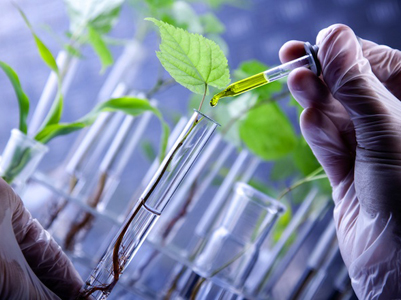Have you ever wondered what exactly is in your food? DNA food testing can give you the answers you’re looking for. By testing the DNA of food samples, we can determine the presence or absence of specific ingredients, allergens, and other components. This information can be incredibly valuable for both consumers and producers alike.
Learn more about DNA food testing and how it can benefit you!
What is DNA food Testing and What are Its Benefits?
DNA food testing analyzes the genetic composition of food to ensure its safety and authenticity. This type of testing uses advanced techniques such as polymerase chain reaction (PCR) to analyze DNA in plant-based foods, ensuring that any potentially hazardous material is detected before issues arise.
Additionally, this testing enables organizations to verify their product’s authenticity by establishing a clear traceable link between the original source and the final product. DNA food testing also allows manufacturers to make better-informed decisions concerning labeling, product claims, and supply chain security. The benefits of this technology are twofold- it gives customers easy access to factual information about the products they buy while also creating peace of mind for companies by reducing potential risks associated with food production and advertising standards.
How Does DNA Food Testing Work and What Does it Involve?
DNA food testing is a powerful technique that uses state-of-the-art genetic tools to identify the ingredients in food products. It begins with sampling – a piece of the food, such as a biscuit, is taken and mixed with a solution containing special enzymes. These enzymes break down the food into smaller components, allowing for further analysis.
The broken pieces of DNA undergo a polymerase chain reaction (PCR). This amplification technique helps to detect even traces of genetic material from the organism it was taken from. DNA sequencing is performed on these samples to accurately identify the various ingredients present in the food product. This technology allows us to gain insight into what exactly we are consuming.
What are the Advantages of DNA Food Testing over Other Methods of Food Testing?
DNA food testing provides several advantages over traditional methods of food testing. It offers a more reliable and accurate way to identify a food’s ingredients, identify potential allergens, and check manufacturing processes. DNA testing is often more cost-effective than other methods since tests can be done with one sample as opposed to many samples. It is also faster – results can be obtained in days or weeks instead of months or years. Furthermore, the high-tech nature of DNA testing also guarantees a reduced risk of human errors by eliminating the mislabeling or incorrect identification that may occur through visual or organoleptic analysis. All these advantages make DNA food testing an invaluable tool for food manufacturers, restaurants, and consumers who seek trusted information about their products.
DNA food testing is a new and exciting technology with many potential applications in the future. It has several advantages over other food testing methods, including its accuracy and versatility. While DNA food testing is still in its early stages, it has great potential to revolutionize how we test food for safety and quality control purposes.






